Introduction
Magnets are everywhere—powering your fridge door, spinning motors in electric cars, or holding your kid's artwork in place. But have you ever wondered why these trusty tools sometimes lose their grip? Demagnetization can sneak up and sap their strength, whether it's a permanent magnet, a Neodymium magnet, or a SmCo magnet. Let's dive into the science behind why magnets demagnetize, explore real-world examples, and uncover ways to keep them humming along.

What Makes a Magnet a Magnet?
Before we unravel why magnets lose power, let's get a quick grip on what makes them tick. Magnets work because of tiny regions inside them called domains. These domains are like mini-magnets, each with a north and south pole. These domains align in one direction in a magnetized material- a Neodymium magnet creating a strong magnetic field.
- The stars here are ferromagnetic materials like iron, nickel, and cobalt. Their domains can lock into alignment, giving us permanent magnets.
- Special alloys like Neodymium (NdFeB) or Samarium Cobalt (SmCo) take it up a notch, offering incredible strength for their size.
But that alignment isn't invincible. Heat, physical shock, or stray magnetic fields can throw those domains out of sync, and that's when demagnetization kicks in.


The Main Culprits Behind Demagnetization
So, why do magnets—especially heavy hitters like permanent magnets—lose their mojo? Let's break it down into the top troublemakers.
Heat: The Silent Magnet Killer
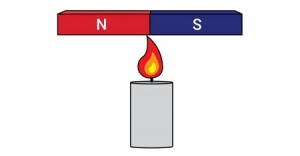
Heat is a magnet's worst enemy. When you crank up the temperature, those neatly aligned domains jitter. If you push past a magnet's Curie temperature (where it loses all magnetism), it's game over.
Physical Shock: When Magnets Take a Beating
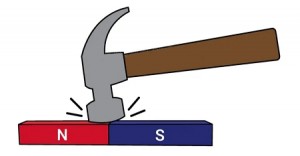
Dropping a magnet or whacking it with a hammer might feel satisfying, but it's a fast track to demagnetization. The impact jostles the domains, knocking them out of alignment.
Opposing Magnetic Fields: A Tug-of-War

Expose a magnet to a strong opposing magnetic field, and you have a recipe for chaos. The external field can flip or scramble the domains, weakening or reversing the magnet's polarity.
Time and Corrosion: The Slow Fade
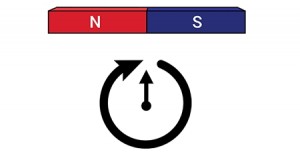
Magnets don't demagnetize overnight from age alone, but time can team up with other factors. For uncoated Neodymium magnets, corrosion is a sneaky thief. Rust eats into the material, disrupting the structure that holds those domains together.
How Different Magnets Stack Up
Not all magnets demagnetize the same way. Let's compare the big players:
Neodymium Magnets (NdFeB)
- Pros: Super strong, compact, affordable.
- Cons: Sensitive to heat (loses strength above 80°C in some grades) and prone to rust without coating.
- Best for: Gadgets, motors, and DIY projects where max power matters.
Samarium Cobalt (SmCo) Magnets
- Pros: High heat tolerance, corrosion-resistant, stable over time.
- Cons: Pricey and less powerful per volume than Neodymium.
- Best for: Extreme environments like jet engines or deep-sea tech.
Ferrite Magnets
- Pros: Cheap, corrosion-proof, decent heat resistance.
- Cons: Weak compared to rare-earth options like Neodymium or SmCo magnets.
- Best for: Fridge magnets or low-cost applications.
Each type has its kryptonite, so picking the right one depends on where it's headed and what it'll face.
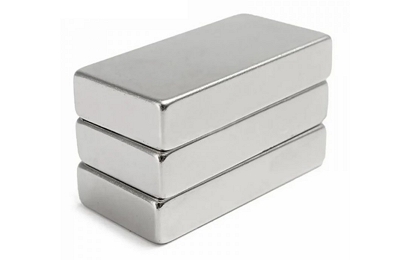
NdFeB Magnets
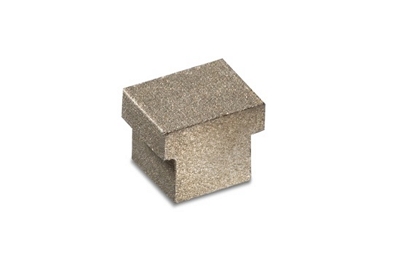
SmCo Magnets
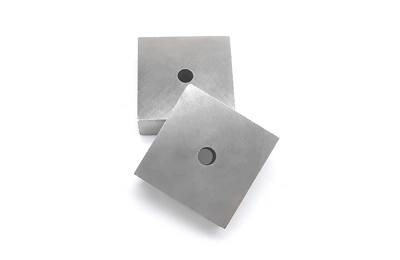
AlNiCo Magnets
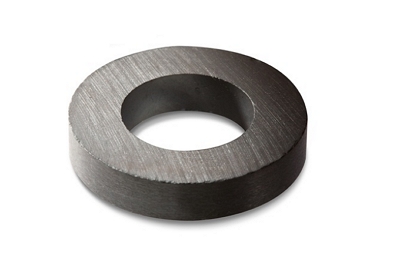
Ferrite Magnets
Can You Prevent Demagnetization?
Good news: You're not powerless against demagnetization. Here's how to keep your permanent magnets in top shape:
- Mind the heat: Store and use magnets below their max temp. For Neodymium magnets, that might mean adding cooling systems in high-heat setups.
- Handle with care: Avoid drops or bangs. Use padded storage for shipping or moving SmCo or Neodymium magnets.
- Shield from fields: Keep magnets away from strong electromagnets or AC currents. A steel enclosure can deflect stray fields.
- Coat 'em up: Neodymium magnets' nickel or zinc coating fends off corrosion, especially in humid spots.
Can You Remagnetize a Magnet?
Lost some magnetism? Don't toss that magnet just yet—it might be salvageable. If the domains are misaligned (not destroyed by extreme heat or corrosion), you can often remagnetize them.
- How it works: A strong magnetic field—like from an industrial magnetizer—can realign those domains.
- DIY hack: Rubbing a weakened magnet against a stronger one can sometimes boost it, though it's not as precise.
- Limit: If a Neodymium magnet's been cooked past its Curie temp, the structure's toast, and no amount of remagnetizing will help.
Why This Matters in the Real World?
Demagnetization isn't just a science nerd's problem—it hits industries hard. Weak magnets in electric vehicles can cut efficiency and fuel or range costs. Precision matters in medical devices like MRI machines, and a fading SmCo magnet could throw off scans. Even at home, a demagnetized fridge magnet means your grocery list's hitting the floor.
Understanding why magnets lose their pull helps you choose the right type—a Neodymium magnet for power or a SmCo magnet for durability—and keep them performing.
Your Next Steps
Magnets don't have to be a mystery. Whether tinkering with a DIY project or spec'ing out industrial gear, knowing why demagnetization happens puts you in control. Want to dig deeper? Check out these resources on our site.
• How Long Will Your Neodymium Magnet Last? Understanding the Lifespan of Permanent Magnets
• Designing with Magnets: Practical Tips for Engineers
Got questions? Drop us a line or explore our blog for more magnetic insights!
Q&A: Your Magnet Demagnetization Questions Answered
Q: Can all magnets be remagnetized?
A: Not always. If heat or corrosion has wrecked the material (like pushing a Neodymium magnet past its Curie point), it's done. But if it's just misalignment, remagnetizing can work.
Q: How long do permanent magnets last?
A: With proper care, Neodymium and SmCo magnets can hold their strength for decades. Corrosion or abuse cuts that short.
Q: Why are Neodymium magnets so sensitive to heat?
A: Their alloy structure gives them massive power, but sacrifices heat stability. SmCo magnets trade some strength for better heat resistance.
Q: Can I demagnetize a magnet on purpose?
A: Yup! Heat it past its Curie temp or use an alternating magnetic field (like a demagnetizer tool) to scramble the domains.
Post time: Apr-09-2025
